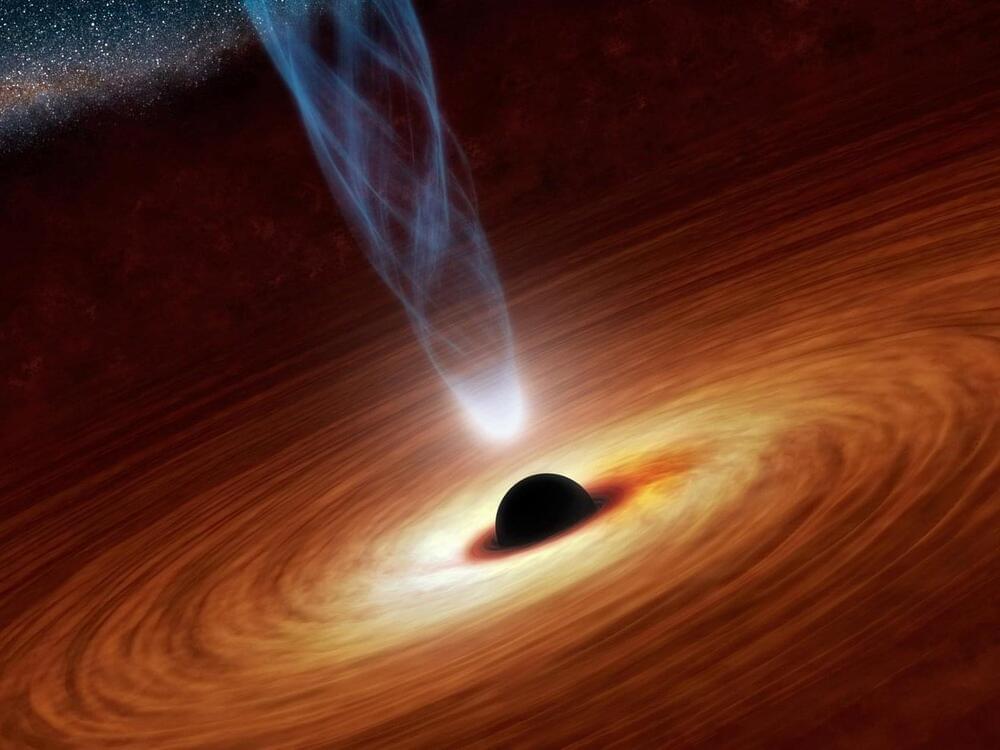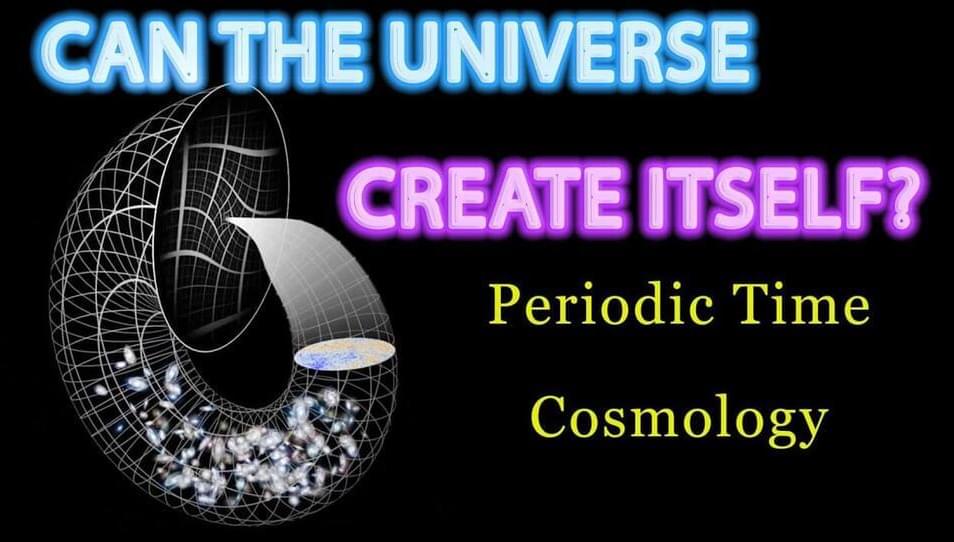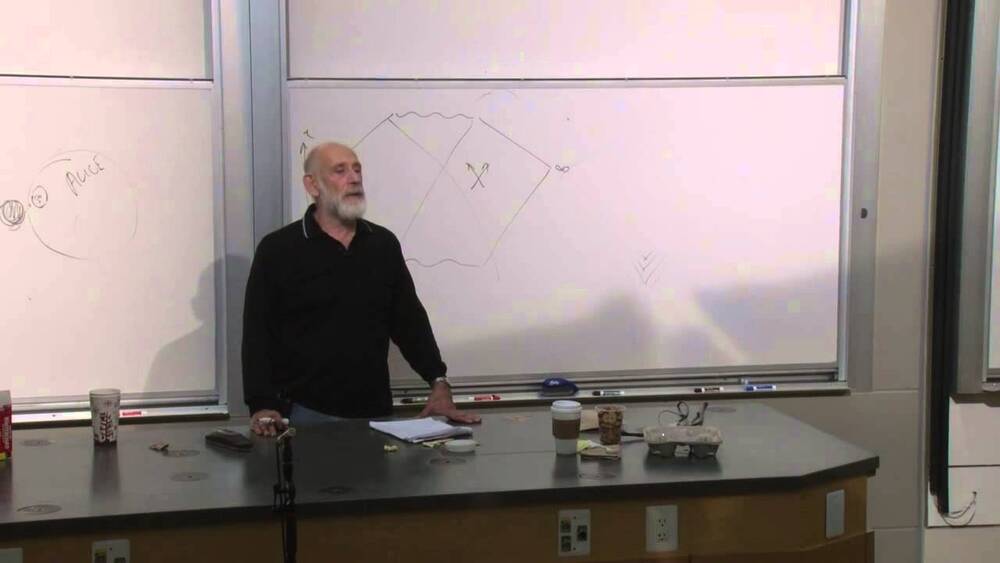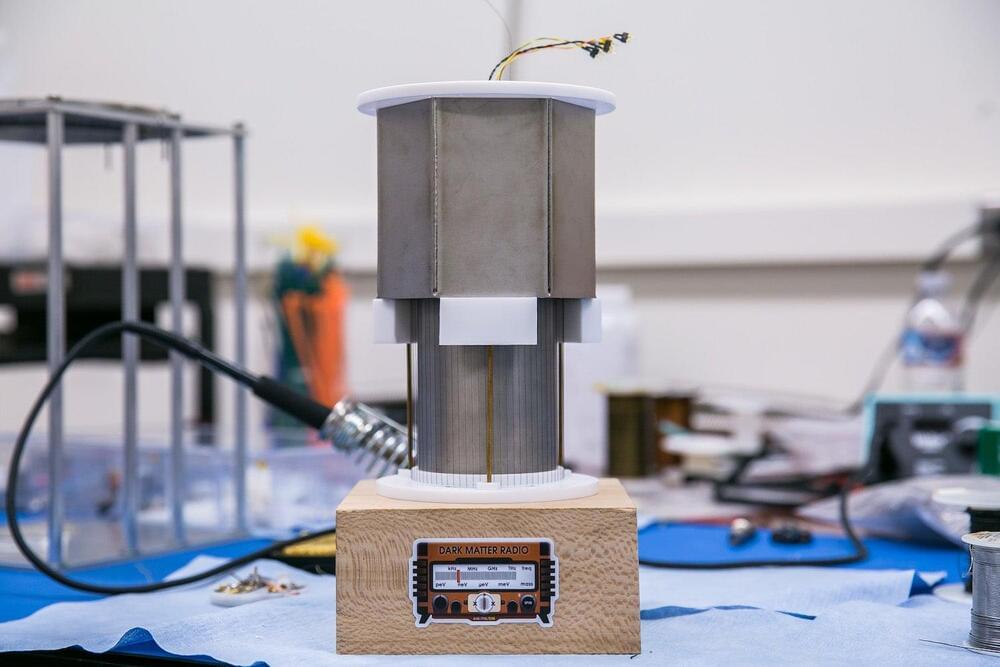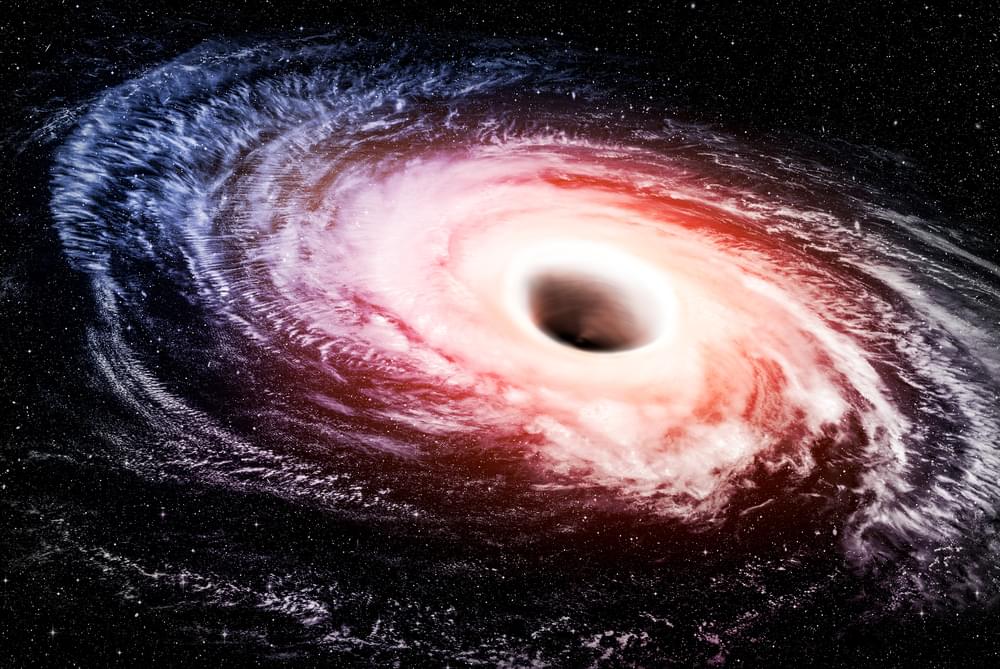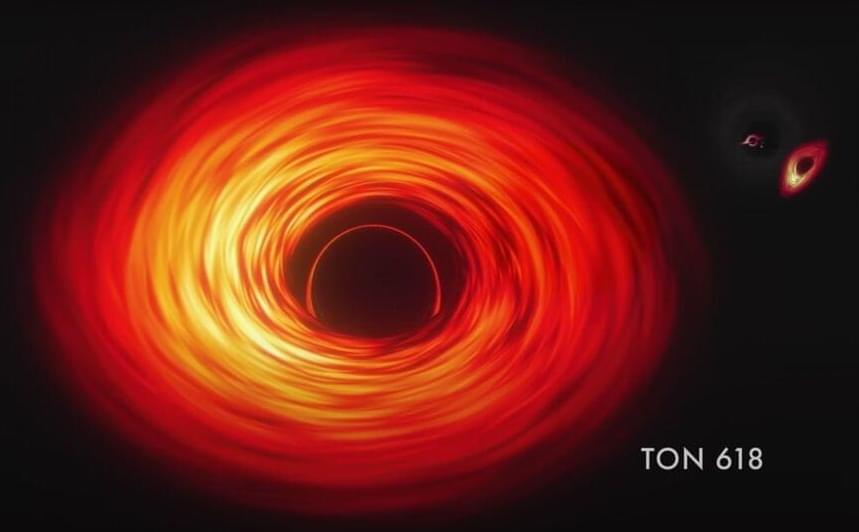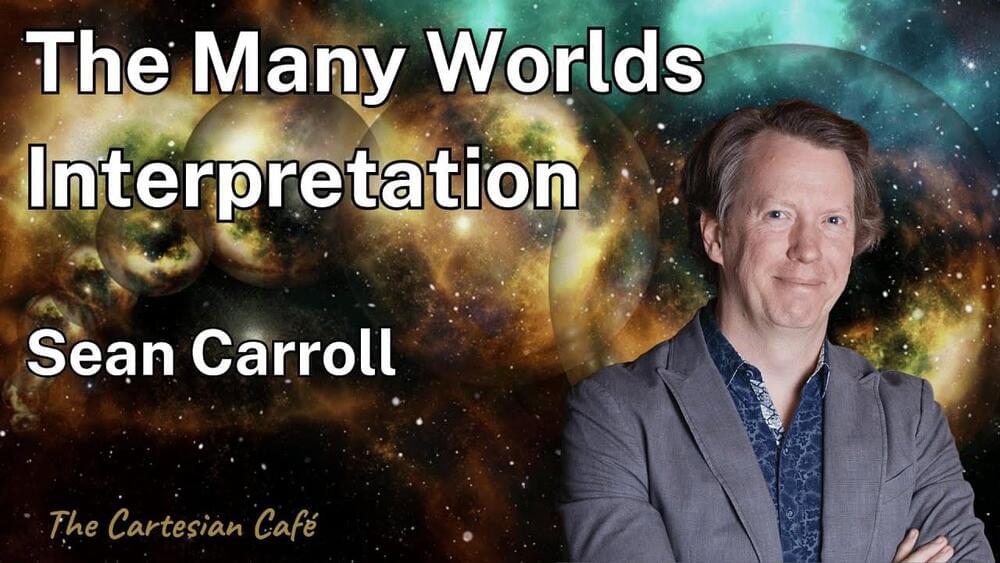Aug 24, 2023
Black Hole May Have Formed by Direct Collapse
Posted by Dan Breeden in category: cosmology
Astronomers may have spotted a supermassive black hole in the early universe that formed when a gargantuan gas cloud imploded.
The black hole’s host galaxy, UHZ1, was spotted in James Webb Space Telescope (JWST) observations of galaxies in the early universe. These distant galaxies’ light has been bent and magnified by the intervening galaxy cluster Abell 2,744, bringing them into view.
Ákos Bogdán (Center for Astrophysics, Harvard & Smithsonian) and others used the Chandra X-ray Observatory to take a second look at 11 of the lensed galaxies. Based on which wavelengths the galaxies are detectable at, each of the 11 appeared to lie at a redshift greater than 9, which means they’re shining at us from the universe’s first 500 million years. The team picked up X-rays from just one galaxy, the most magnified of the bunch.
